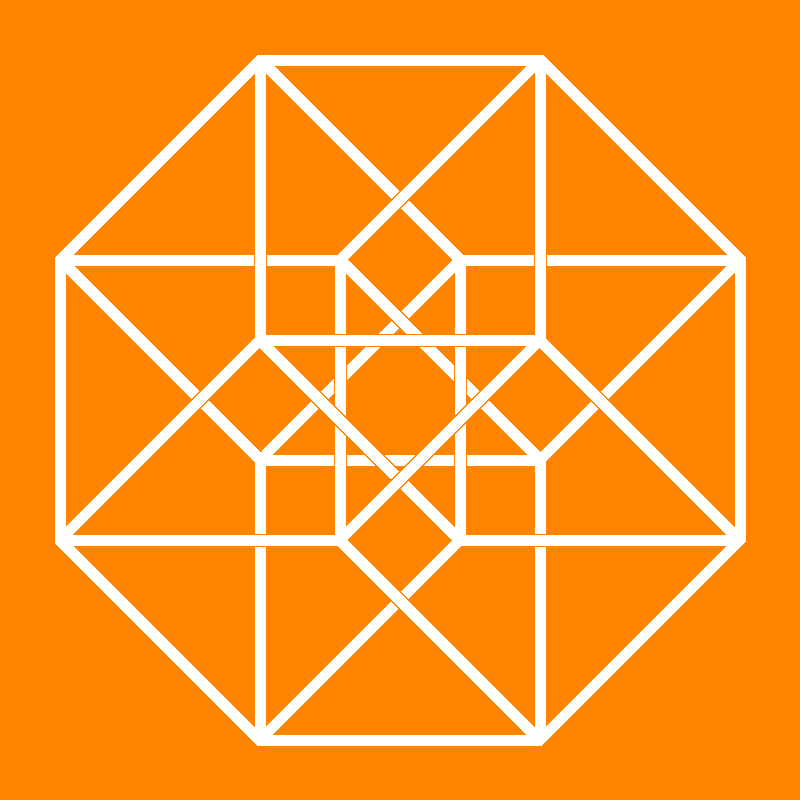
Journal for Geometry and Graphics 22 (2018), No. 1, 139--147
Copyright Heldermann Verlag 2018
Japanese Astronomy Curriculum in Schools and the Spatial Cognitive Ability of Elementary and Junior High School Students
Daiji Okada
Hiroshima International University, 555-36 Kurose-gakuendai, Higashihiroshima 739-2695, Japan
d-okada@he.hirokoku-u.ac.jp
Takuya Matsuura
Graduate School of Education, Hiroshima University, Hiroshima, Japan
takuyam@hiroshima-u.ac.jp
In 1998 Japanese astronomy classes were shifted from grade 7 to grade 9, as advanced spatial cognition is required to understand astronomy. Consequently, students didn't learn astronomy from grade 5 to grade 8 because of this change. H. Agata [Science education collapse, Astronomy Monthly Report 97 (2004) 726--736] reported that elementary school students had low recognition of astronomical events. However, detailed data was insufficient to consider this impact on the spatial cognition of students. The major aims of this study are to provide a comparison of the spatial cognition of elementary and junior high school students in 1985 and 2007, and to study the impact based on the difference of the astronomy curriculum. This study investigates the spatial cognition of 1968 students from grade 4 to grade 9, specifically, the relationship between the age when astronomy was learned and the understanding of the hemispherical concept, the left-right concept and the spherical concept. A paper test was used, asking what some spheres would look like in a dark room with a single bright light source.
The major results are as follows.
(1) The hemispherical concept in 2007 is generally less well understood than in 1985 between grade 5 and 8.
(2) The understanding of spherical concepts does not decrease, compared to understanding of the left-right concept after students learn it.
(3) The spatial cognition improved between grades 5 and 8 although students did not learn astronomy; so other effects can be considered.
(4) At grade 9, understanding of each concept of spatial cognition in 2007 is almost the same or better than that in 1985. It is considered that the shift of astronomy classes from grade 7 to 9 led to a general improvement of spatial cognitive ability.
Keywords: Hemispherical concept, left-right concept, spherical concept, moon phases.
MSC: 97M50; 85-01, 97G80
[ Fulltext-pdf (2919 KB)]